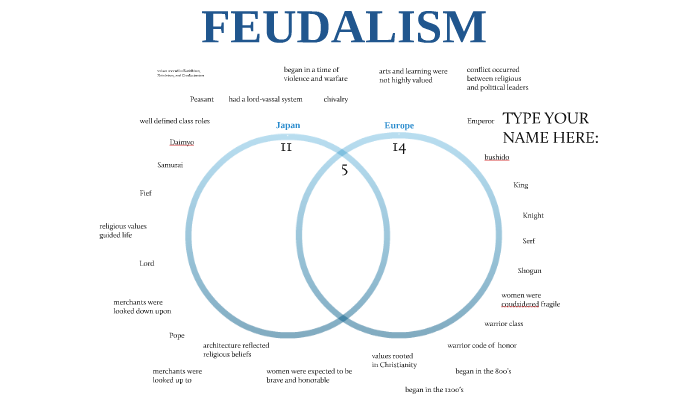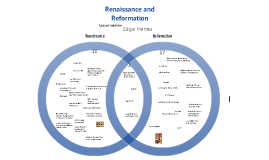

Beyond exploring the nature of travel to and from the capital as well as the period of enforced bachelorhood there, Constantine Vaporis elucidates-for the first time-the significance of alternate attendance as an engine of cultural, intellectual, material, and technological exchange. Based on a prodigious amount of research in both published and archival primary sources, Tour of Duty renders alternate attendance as a lived experience, for not only the daimyo but also the samurai retainers who accompanied them.

It required the daimyo to divide their time between their domains and the city of Edo, where they waited upon the Tokugawa shogun. Anyone interested in early-modern Japan and its external relations will also find it essential reading.Īlternate attendance (sankin kōtai) was one of the central institutions of Edo-period (1603-1868) Japan and one of the most unusual examples of a system of enforced elite mobility in world history. The book will be of interest to anyone concerned with pre-1900 East Asia, Korea in particular, and especially Korea's relations with the outside world. It offers a model approach for Korea's northern frontier with China and shows that the peninsula was and is a complex brocade of differing regions. The study draws on a wide base of primary sources for Korea and Japan and introduces the problems that animate modern scholarship in both countries. Case studies range from demography to taxation to trade to politics to prostitution. The guiding problems are the relations between structures and agents and the self-definitions reached by pre-modern Koreans in their interaction with the Japanese. This study seeks to define 'Korea' by examining its frontier with Japan. Social and political clashes revolving around the Japan House in Pusan reveal Korean mentalities towards the Japanese connection. The economic and demographic structures of Kyongsang Province had deep and wide connections with these Japanese traders. They brought things to the Korean peninsula and they took things away. Within this world were Japanese pirates, traders, and fishermen. The final chapter focuses on vaudeville houses supported by the urban masses.Įast Asia from 1400 to 1850 was a vibrant web of connections, and the southern coast of the Korean peninsula participated in a maritime world that stretched to Southeast Asia and beyond. In separate chapters, Nishiyama analyzes the relation of social classes to musical genres and the aesthetics of kabuki.

The third section is dedicated to music and theatre, beginning with a study of no, which was patronized mainly by the aristocracy but surprisingly by commoners as well. Among the essays is a delightful and detailed discourse on Tokugawa cuisine. Section two focuses on the interaction of urban and rural culture during the nineteenth century and on the unprecedented cultural diffusion that occurred with the help of itinerant performers, pilgrims, and touring actors. Next, he discusses the spirit and aesthetic of the Edo native and traces the woodblock prints known as ukiyo-e to the communal activities of the city's commoners. In the first of three main sections, Nishiyama outlines the history of Edo (Tokyo) during the city's formative years, showing how it was shaped by the constant interaction between its warrior and commoner classes. Many essays focus on the most important theme of Nishiyama's work: the seventeenth to nineteenth centuries as a time of appropriation and development of Japan's culture by its urban commoners. Edo Culture presents a selection of Nishiyama's writings that serves not only to provide an excellent introduction to Tokugawa cultural history but also to fill many gaps in our knowledge of the daily life and diversions of the urban populace of the time. Nishiyama Matsunosuke is one of the most important historians of Tokugawa (Edo) popular culture, yet until now his work has never been translated into a Western language. Liberal Democracy in Crisis (the Rise of Fascism - Communism) and Great Depression.Industrial Revolution, the Working Class, and Social Reform, 1830-1840s.The Rise of the Nation-State and Nationalism.The Promise of Enlightenment, 1750-1789.The Scientific Revolution: From Renaissance to Newton.Tokugawa Centralized Feudal Order in Japan.Monotheistic Religions: Christianity and Judaism.Cities and Kings: The Hellenistic World.The Aegean World in Prehistory: The Minoan and Mycenaean Civilizations.Egypt: The Pharaonic Kingdom and the Nile.The Assyrian Empire, the Persian, the Phoenicians.Agricultural Transformation and the First Permanent Settlements.


 0 kommentar(er)
0 kommentar(er)
